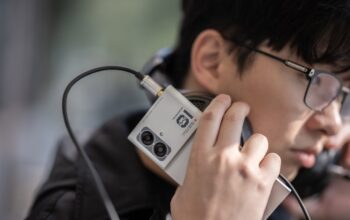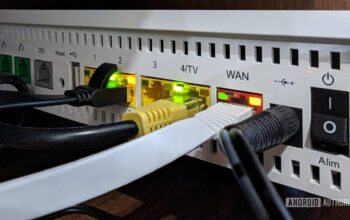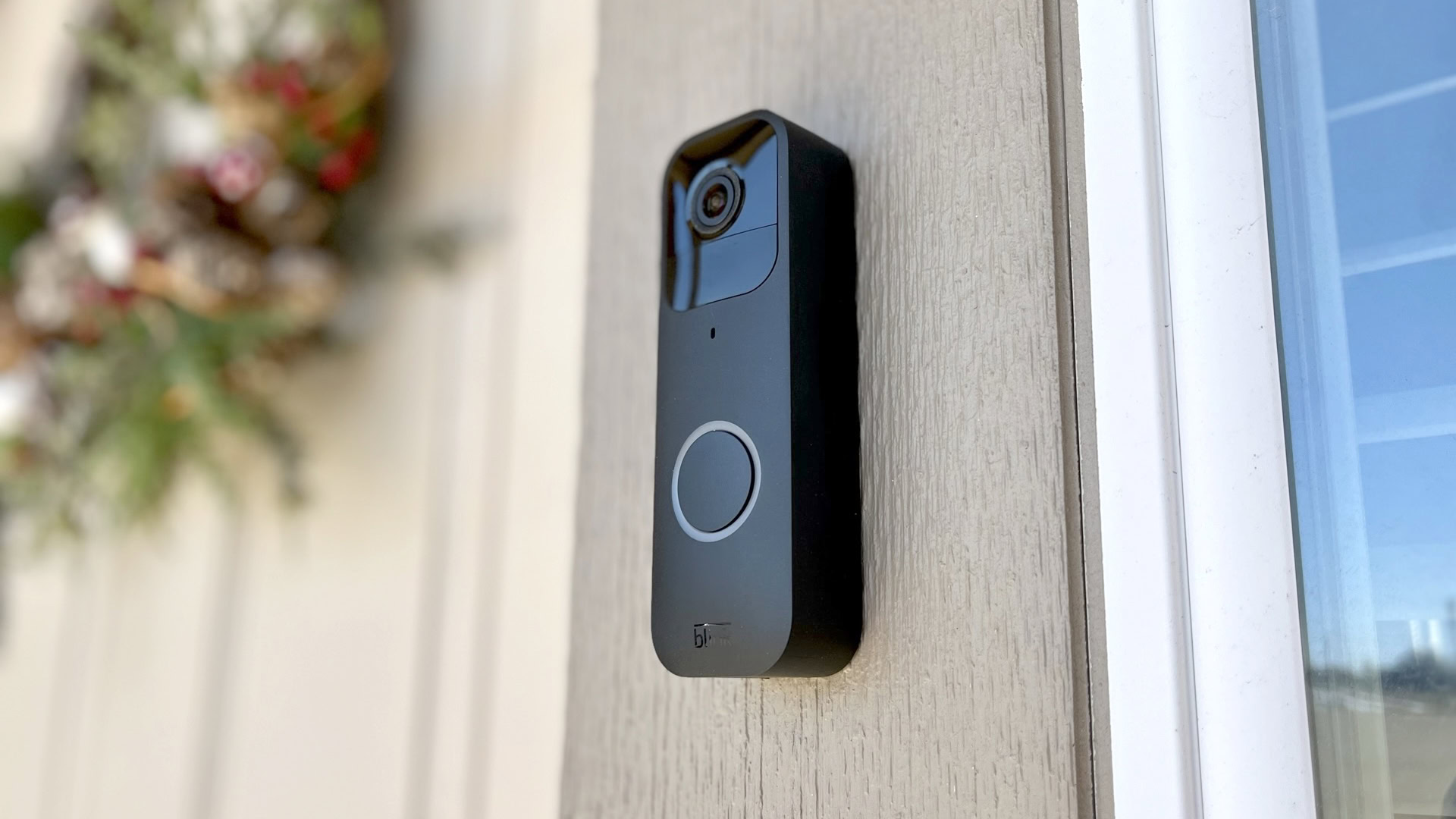
Roger Fingas / Android Authority
Moving has always been my most dreaded chore, and the move my wife, son, and I are embarking on this year will probably be the biggest in our lifetimes. We’re relocating from the US to my native Canada ― and as if immigration, selling the house, and packing up regular possessions weren’t enough, we’re also coping with the sheer number of smart home accessories I’ve accumulated over years of tech journalism.
That’s brought a recurring issue to the foreground. It seems like accessory makers work on the assumption that you’ll live in the same space forever: There’s little to no mention of moving in their marketing, and barely any thought of it in their design. Let me explain some of the problems you can encounter, as well as a few ways to ease the pain.
See also: The best smart home devices you can buy
Many accessories are time-consuming to remove
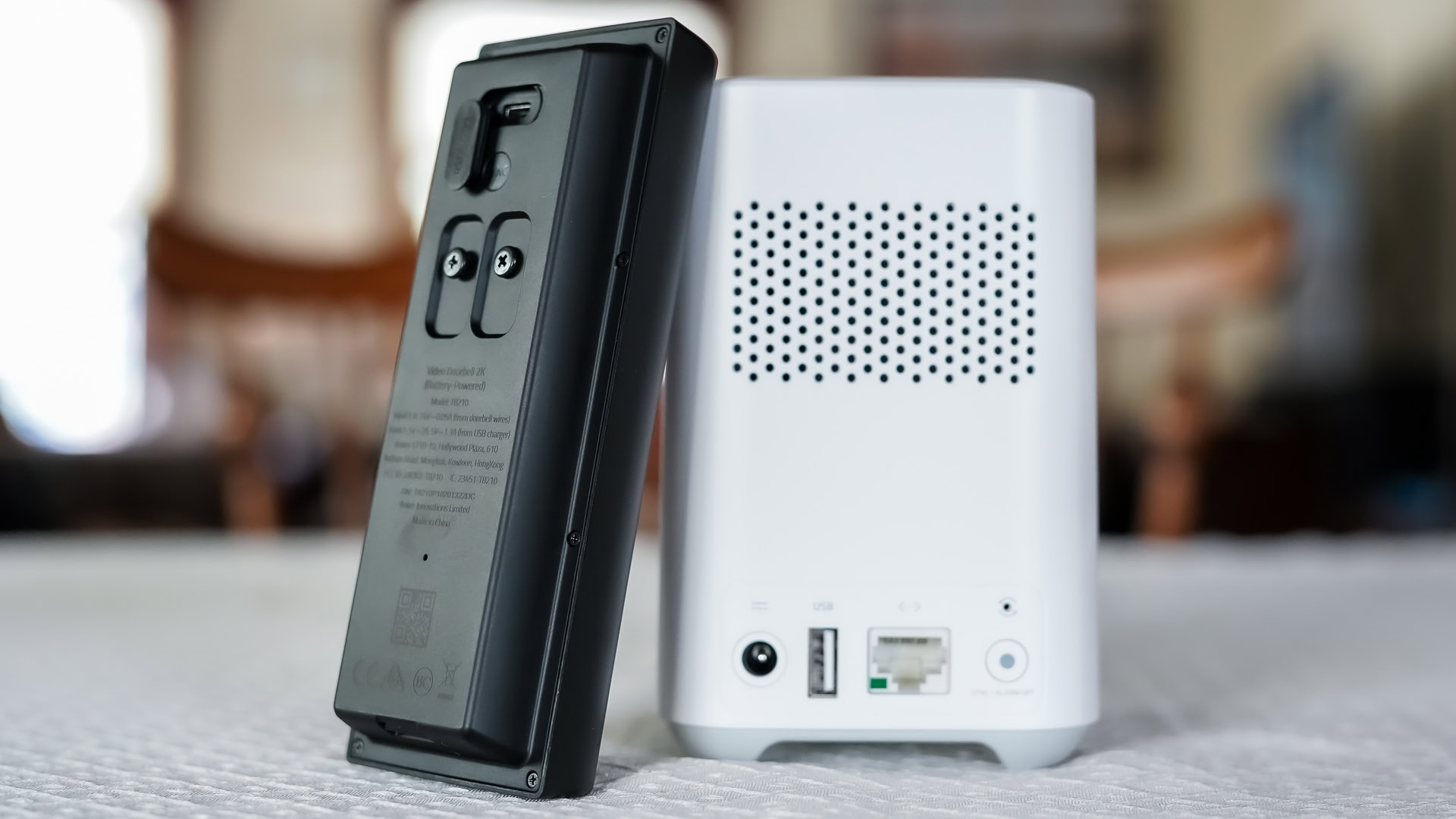
While it’s relatively easy to pack up things like bulbs, plugs, smart speakers, and displays, other accessories can be demanding. Consider a smart doorbell ― even after you’ve done a software reset, it still needs to be physically removed from your front door, disconnected from wiring if it’s not a battery-powered model, and replaced with a “dumb” doorbell if you took one down. Products like locks, thermostats, and outdoor security cameras have similar obstacles.
If you’re selling a house, it can make more sense to leave some things behind as a value-add rather than waste time taking them with you.
The more hard-mounted products you have, the bigger your burden. If you’re selling a house, it can make more sense to leave some things behind as a value-add rather than waste time taking them with you. That’s even more true with extremely large and/or custom-tailored accessories, such as smart blinds.
There’s no easy way to transfer ownership
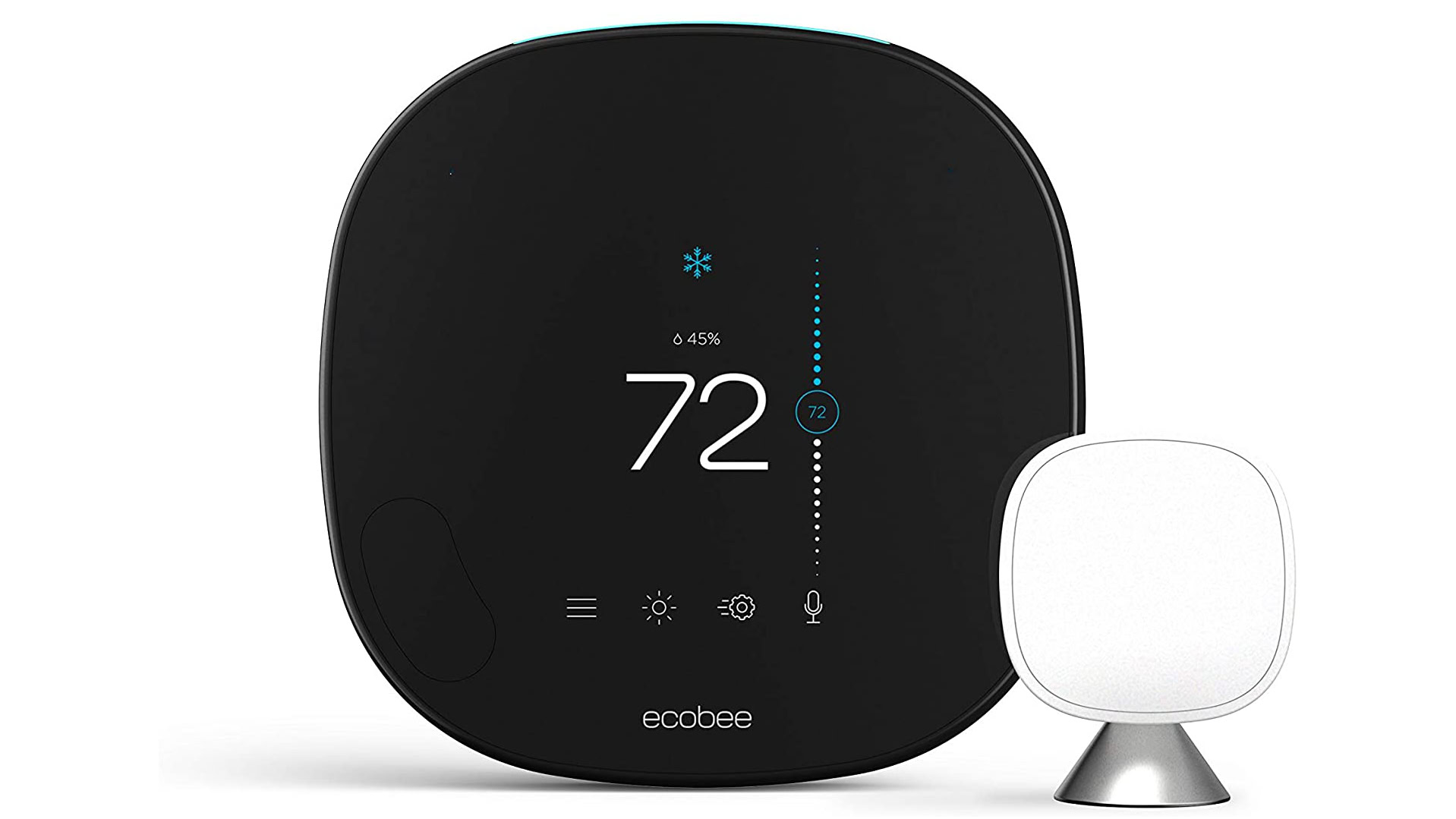
Technically, there’s no reason why vendors like Amazon, Google, Ecobee, Philips, and so on couldn’t offer simple ownership transfer options in their software while maintaining privacy. But they don’t, so people are usually forced to perform factory resets on anything they’re not taking with them. I doubt many people happily buying an Ecobee thermostat for the first time picture themselves having to figure out reset procedures a few years later.
An especially onerous platform in this regard is Apple HomeKit. Most HomeKit accessories rely on pairing codes, and while makers have become better at printing those codes directly on their products, you’re out of luck if a code was printed separately and you lose it. I’ve had this exact problem with older Lifx bulbs.
The hassles don’t stop when you arrive
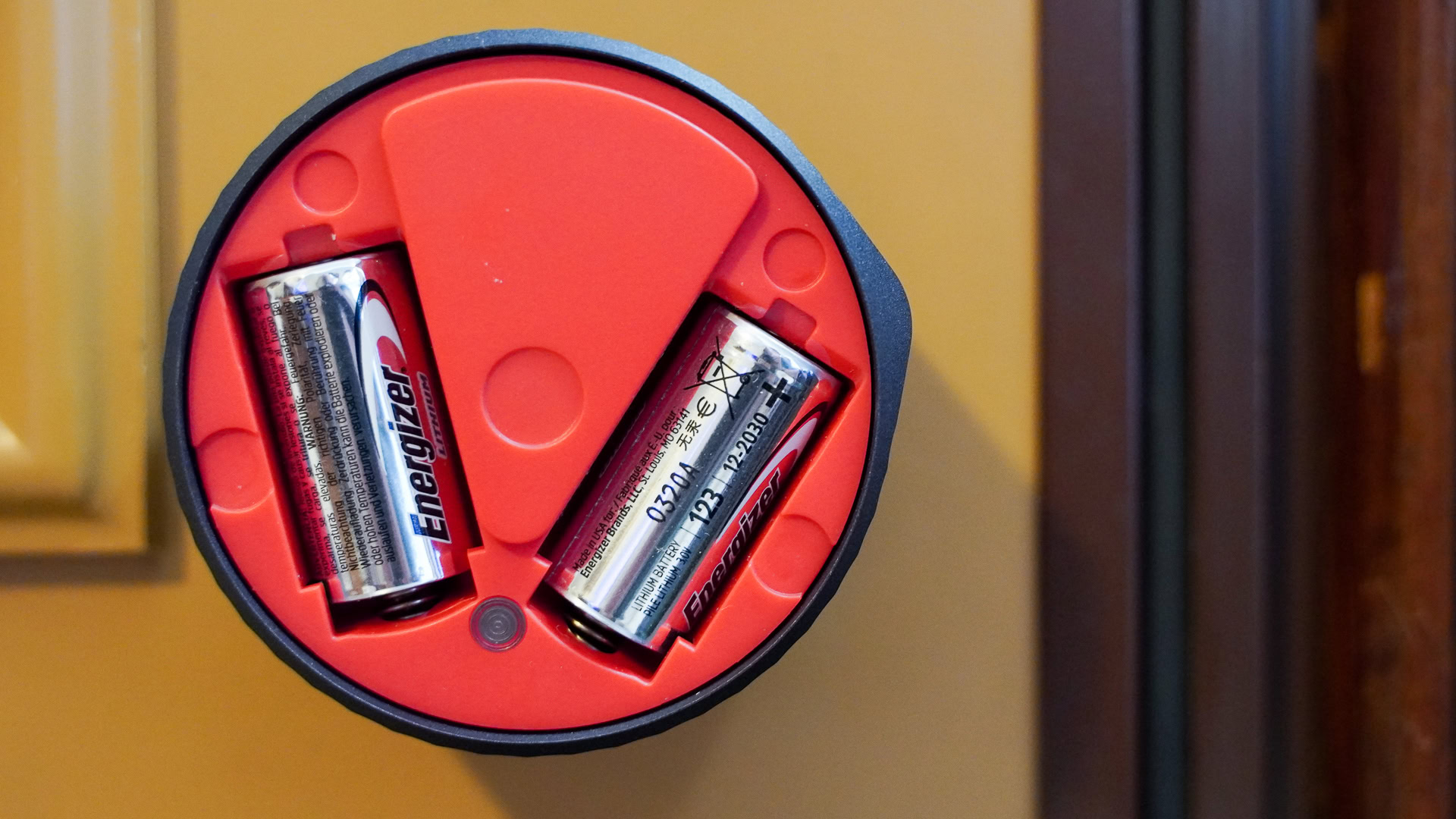
When you finally do move into your new home, the next step is to reinstall all of the smart home accessories you’ve brought with you, devoting extra time to anything that needs to be mounted or wired. It’s a bit much after hauling boxes, luggage, and furniture.
Then, of course, you need to configure accessories to suit your new space. That means reconnecting them to Wi-Fi, giving them proper room assignments, and tweaking settings to reflect your new environment. Groupings and automations may have to change too ― a room with ample natural light doesn’t need smart bulbs turning on at 7 AM, for example.
If you’ve left any accessories behind, that can create significant gaps in your ecosystem. The choice then is to either live with those gaps or spend on new hardware, which can be prohibitive given other moving expenses like shipping, travel, and new furniture. I’ll probably be debating my new direction right through move-in day.
Ways to ease the pain
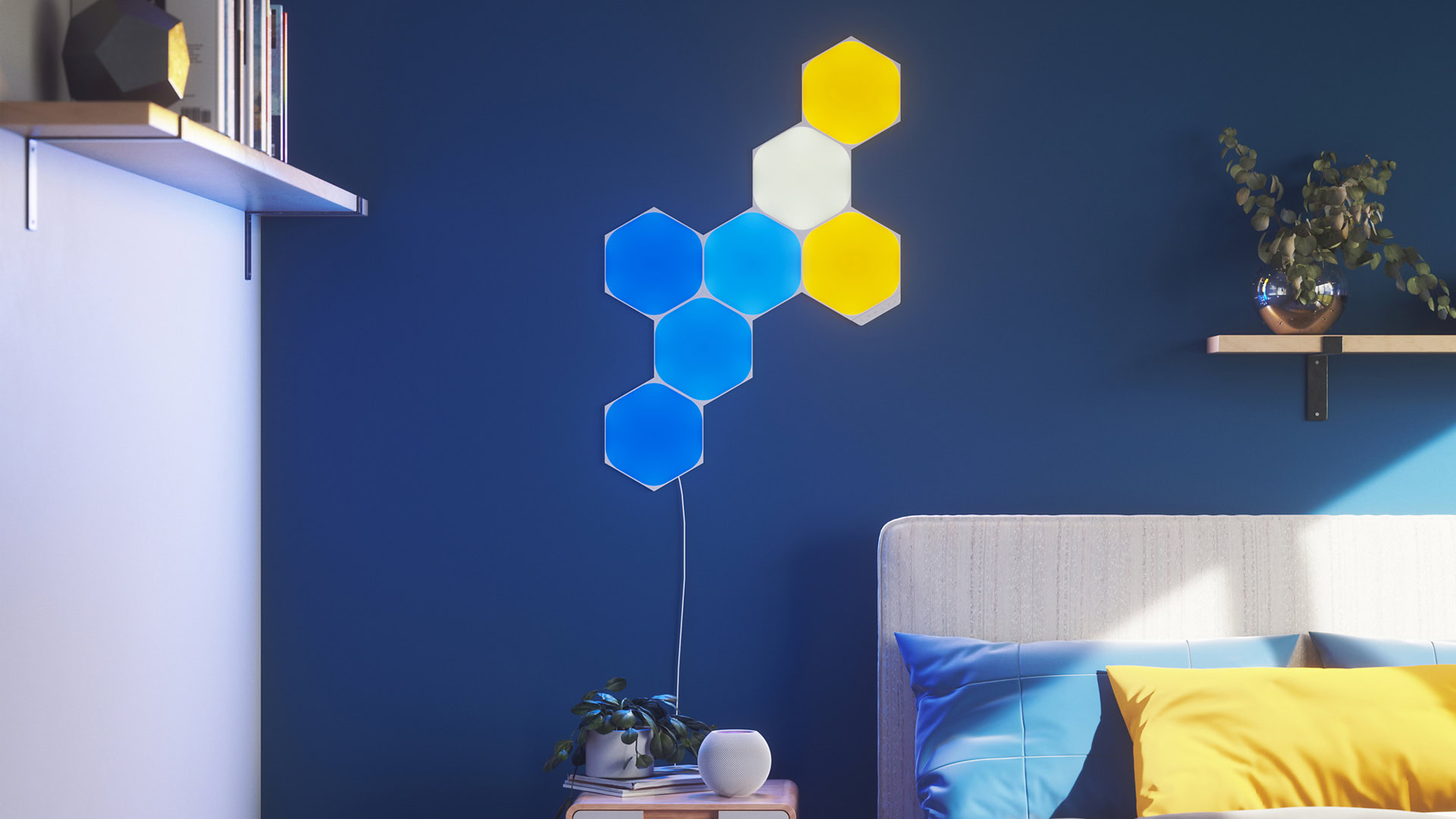
One of the simplest things you can do to improve moving is to bring your existing Wi-Fi router with you. Connect it to your new modem, and all of your accessories should pop back online as soon as you reinstall them. Make sure you keep the same SSID (network name) and don’t reset any accessories unless it’s absolutely necessary. If you can’t bring along your existing router, you can set up the new one with the same SSID and password, and that should, technically, do the trick too.
Whenever you buy a smart lock, doorbell, or thermostat, it’s a good policy to save the ‘dumb’ accessory you’re replacing in a dedicated box.
Whenever you buy a smart lock, doorbell, or thermostat, it’s a good policy to save the “dumb” accessory you’re replacing in a dedicated box, complete with any special tools, parts, or instructions needed to put it back on. I use the smart accessory’s box to further simplify the process ― my old deadbolt knob, for example, is stored in the retail box of my August smart lock.
Make sure to label everything old and new with where it goes, at least if there’s the slightest possibility of confusion. If you’ve got a dozen Philips Hue bulbs, for instance, it could be tough or impossible to remember which ones go in which room. Grab a Sharpie, some masking tape, and go to town. That way, you don’t have to change bulb and room names in your new place.
Along the same lines, when you’re first installing smart home products, take photos of any pairing codes or complicated installation details, like thermostat wiring. Save these images in well-organized cloud notes that you can share with others if necessary.
Have you had to make a move with smart home gear in tow? How hard was it?
83 votes
Final thoughts
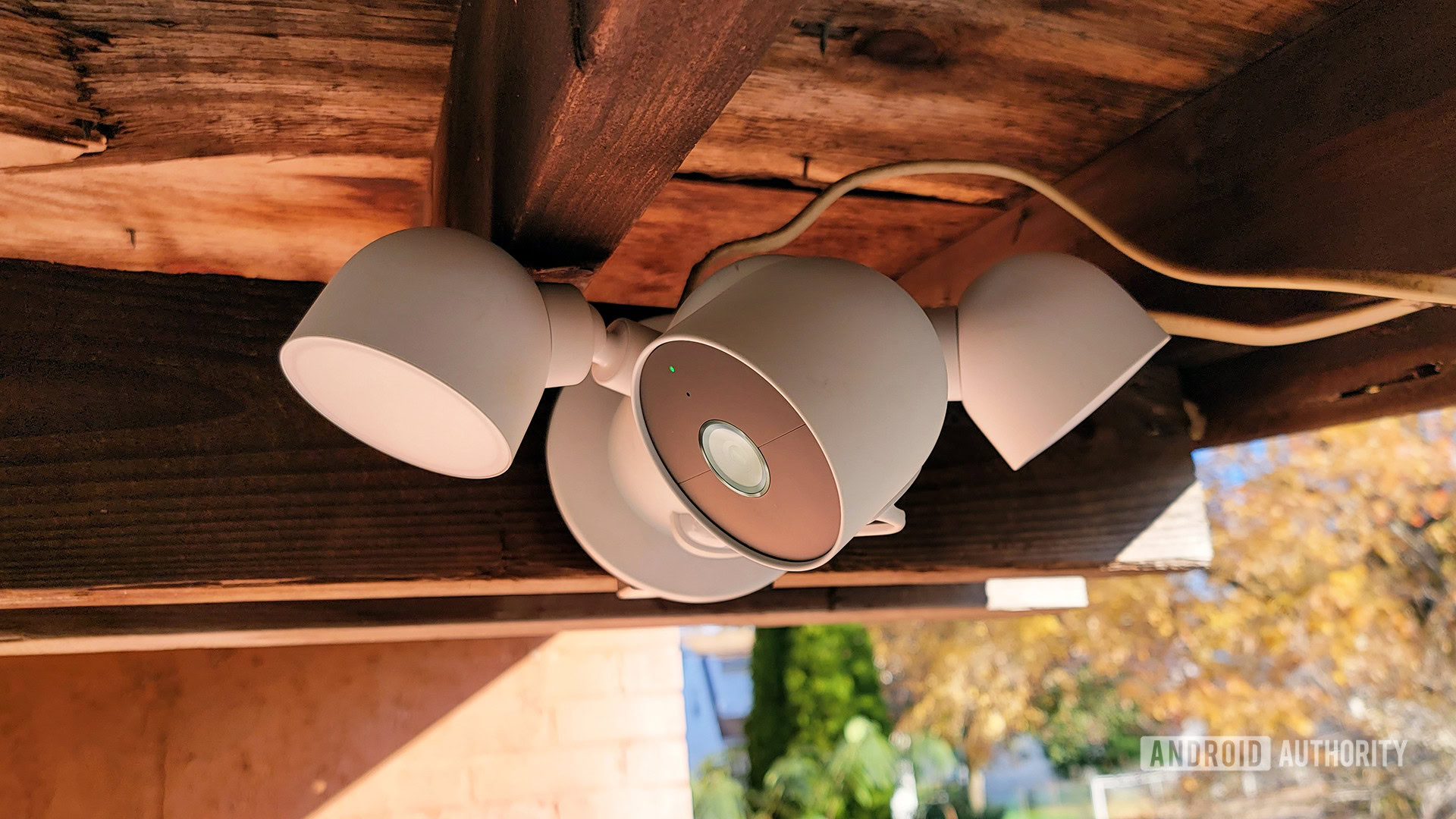
C. Scott Brown / Android Authority
I realize, naturally, that there’s only so much accessory makers can do to improve mounting and wiring. They don’t have control over how apartments and houses are built, and in the case of outdoor accessories, you wouldn’t want things to be too simple. Thieves sometimes target doorbells and security cameras, even ripping them off in a matter of seconds when they are mounted flimsily.
Regardless, moving should be something smart home companies factor into the design process, especially when it comes to software. It seems crazy that I can’t go into an app and quickly transfer one or more accessories to someone with an account on the same platform. A new owner might sometimes have to download an app and create that account, but they’d have to do that anyway, and it would speed and simplify the handover process.
If nothing else, it should be commonplace for vendors to provide advice on moving that goes beyond factory resets. Here in the real world, people often have to move every few years, and they’re not always willing or able to buy new smart home accessories when they make the leap.
Continue reading: These five advancements promise to “fix” the smart home


